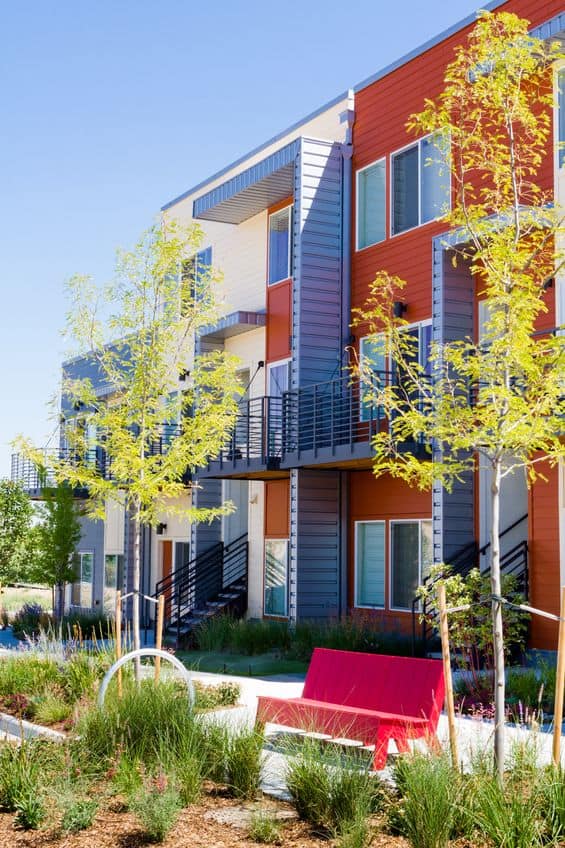NMHC Survey Indicates Mixed Multifamily Conditions

The survey was conducted from Jan. 21 through Jan. 28 with 78 CEOs and other senior executives from apartment-related firms responding. The Sales Volume Index decreased from 46 to 43 with 28 percent of survey respondents reporting lower sales volume than three months prior. On the plus side, more than 58 percent responded volume was unchanged and 14 percent reported higher sales volume. NMHC noted the share of respondents indicating sales volume increases has not been this low for 11 quarters. In October, 23 percent reported higher volumes and 22 percent in July. A reading above 50 indicates that, on balance, sales volume is increasing and below decreasing.
“We can’t quantify the impact of the changed rent laws in New York on the Sales Volume Index, as we don’t ask respondents to specify what markets they are operating in. The size of the overall market in New York City is large enough, however, that the impact could be significant. I would expect the dampening effect of the new laws to continue to hamper the transactions market in New York,” NMHC Chief Economist Mark Obrinsky, told Multi-Housing News.
Survey results also found the first sign of looser market conditions since January 2019 with nearly one-quarter (23 percent) reporting looser market conditions than three months prior compared to 18 percent who reporter tighter conditions. That led the Market Tightness Index to decrease from 54 to 48, below the breakeven level of 50. The good news is that more than half of the respondents (59) percent reported no change in the markets they watch. A tight market is defined by NMHC as those with low vacancies and high rent increases and can certainly vary depending on the location.
BRIGHT FINANCING PICTURE
For multifamily investors, the financing picture seems strong with the Equity Financing Index at 61 and Debt Financing Index at 68. Both came in at well above the breakeven level of 50. For the Equity Financing question, the index rose from 55 to 61, marking the ninth straight quarter of improving or unchanged conditions. While the majority of respondents (58 percent) reported no change, 27 percent said equity financing was more available than in the three months prior, up from 18 percent in October and 20 percent in April. By comparison, only 5 percent believed equity financing was less available, down from 9 percent in October and 8 percent in April.

The Debt Financing Index dropped from 75 in October to 68 in January, down in the three months but still well above the level of 50 which indicates that borrowing conditions are still improving. The responses indicated that conditions for multifamily mortgage borrowing—both interest rates and non-rate terms—are either unchanged or better than compared to three months ago.
The survey found 40 percent of respondents reporting better conditions for debt financing with only 5 percent reporting less favorable financing conditions. Those numbers were both down from the October survey when responses were 58 percent and 8 percent respectively. The largest share of respondents (45 percent) reported unchanged borrowing conditions in January compared to 27 percent in October and 30 percent in July.
“There is indeed more than sufficient financing—both equity and debt—to fund transactions. The main constraints are the number of potentially available properties for sale and the price,” Obrinsky told MHN.
ZONING CHANGES CONSIDERED
The final question on the January survey addressed zoning reforms. The question posed to the executives was: Given the housing shortage and affordability pressures many communities face, have you seen local jurisdictions change single-family zoning regulations to allow for more types of housing, especially multifamily? Only 8 percent stated they are operating in jurisdictions that have already made zoning changes. The report noted that in markets where revamping zoning regulations has been discussed, 44 percent of respondents have observed strong community opposition.
Source: multihousingnews.com















 Accessibility
Accessibility